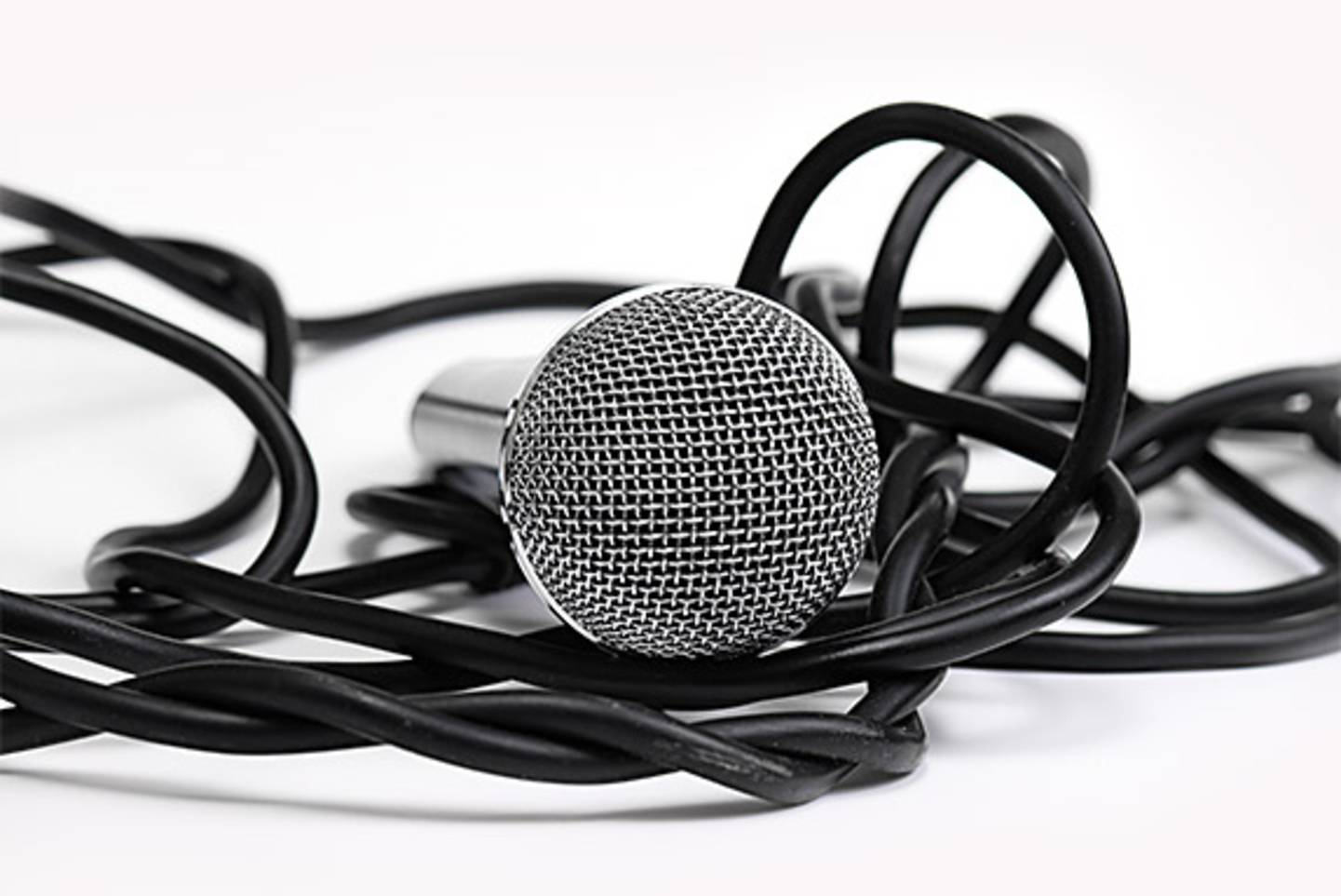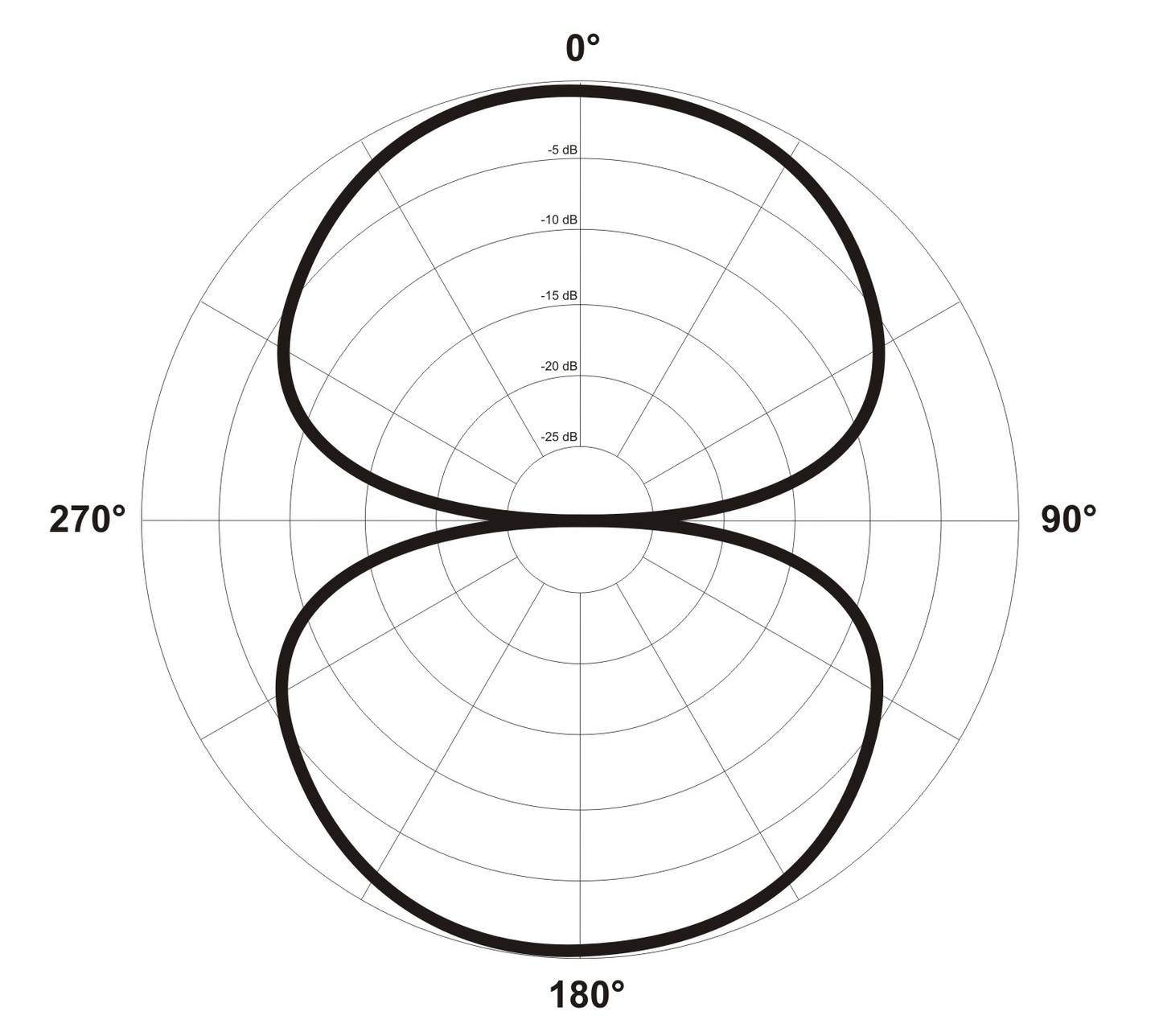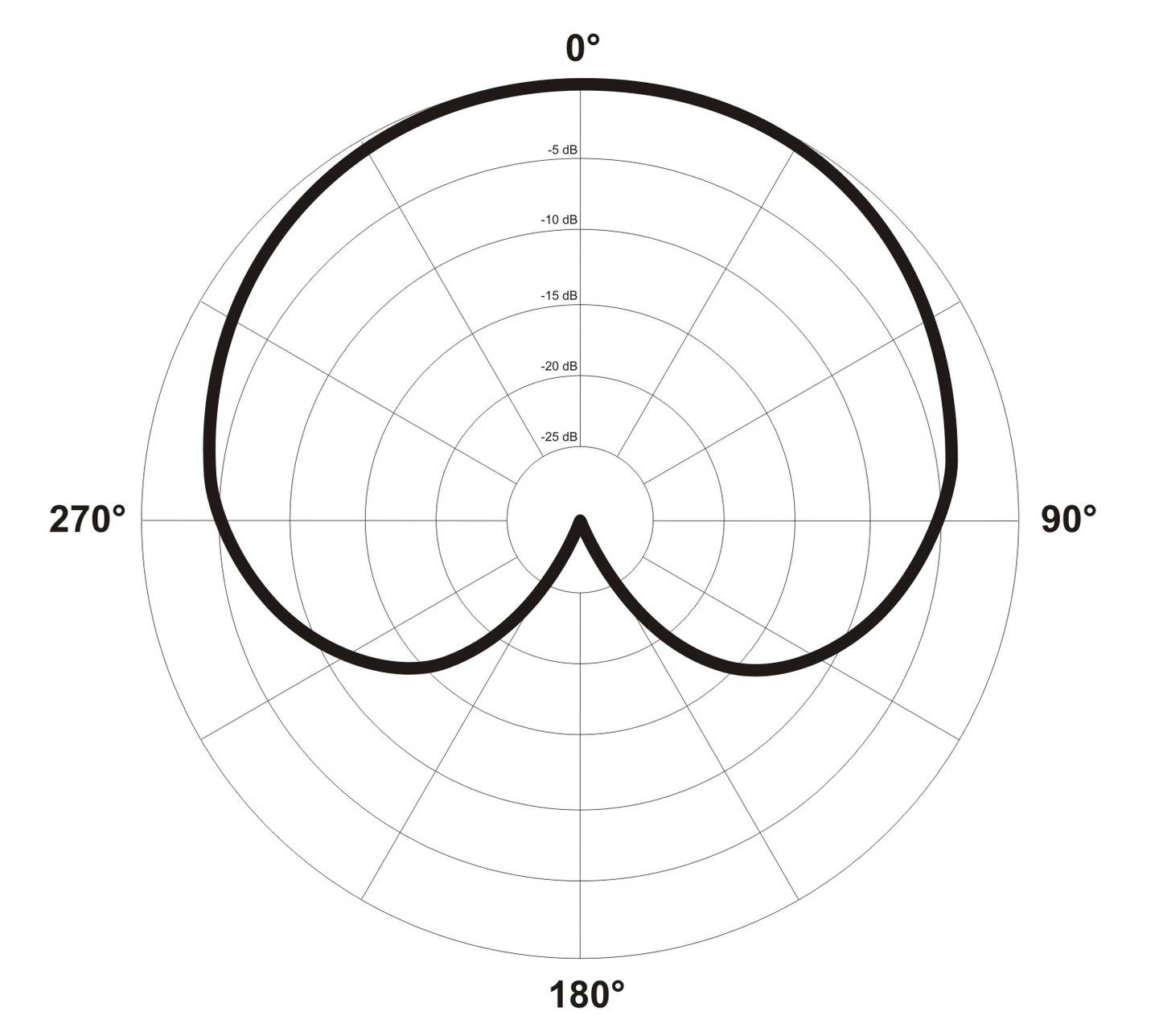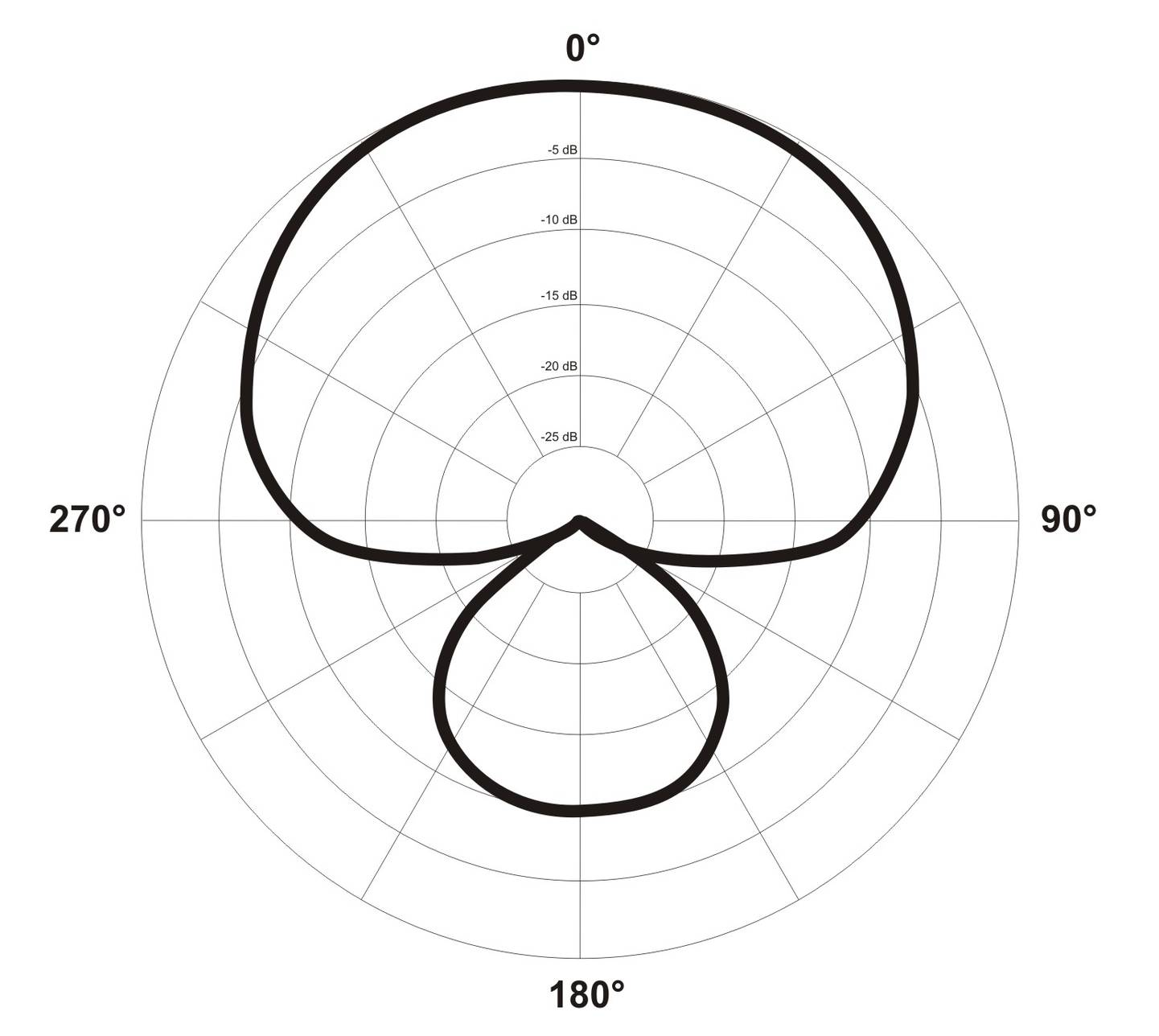Guide
This text is machine translated.
About microphones
How does a microphone work?
What types of microphones are available?
What was the characteristic of a
What do you need to pay attention to when purchasing microphones?
FAQs: The most common questions about microphones
Conclusion: How to buy the right microphone
How does a microphone work?

A microphone has a difficult task. A microphone, the abbreviation says, must convert acoustic sound waves into electrical signals. The task is therefore not so simple, since microphones must work in a large frequency range. Human speech alone includes harmonics and a frequency spectrum of approx. 80 to 12,000 Hz. When it comes to music, the frequency range becomes even bigger.
A microphone should convert the low tones as well as the high tones.
Various technical solutions have been developed over time to meet this challenge. And some of the common microphone classes have emerged from the design of the transducer.
Dynamic microphones
In a dynamic microphone, the signal voltage is generated by induction. This is why these microphones are also called electromagnetic microphones. Due to the functional principle, dynamic microphones do not rely on external voltage sources. The most common representatives of this type of microphone are diving coil microphones and ribbon microphones.
Dynamic microphones can be used in all areas, but are particularly suitable for percussion or drums as well as live vocal applications.
Diving coil microphone
In the case of a diving coil microphone, a coil is attached to a diaphragm that can be suspended for vibration. This coil is located in the magnetic field of a permanent magnet. If sound waves hit the membrane, it moves the coil to the rhythm of the sound waves. This induces a signal voltage in the coil.
A dynamic microphone therefore works according to the same principle as a loudspeaker. Just the other way around. In a speaker, an electrical signal is generated at the coil for a vibrating membrane. In a dynamic microphone, a vibrating membrane generates an electrical signal at the coil.
For this reason, the built-in loudspeakers are often used as microphones for some radio devices or intercom systems. However, the rather poor signal quality is still sufficient for voice transmission.
Sound waves (1), diaphragm (2), permanent magnet (3), microphone housing (4), signal connections (5), voice coil (6).
Ribbon microphone
A ribbon microphone functions in a similar way to a coil microphone. But instead of a coil there is a zigzag folded aluminum tape in the magnetic field of a permanent magnet.
If the tape is swung by sound pressure waves, an induced voltage can be measured at both ends of the aluminum tape in the rhythm of the sound pressure waves.
Since the tape is Dick only a few Wind, vibrations and fast movements then lead to undesired interference signals.
Since the internal resistance (impedance) of the microphone as well as the induced voltage are very low, an impedance converter is connected downstream of the ribbon microphone. This increases the signal voltage and provides a standard output impedance of 200 Ohm in the studio technology.
Sound waves (1), aluminum bands (2), signal connections (3), permanent magnet (4).
Condensor Microphones
In contrast to the dynamic microphones, a completely different operating principle is used for condenser microphones. As the name suggests, the typical characteristics of a capacitor are used here for signal generation. Unlike dynamic microphones, capacitor microphones require an operating voltage.
Capacitor microphone
A capacitor microphone has a perforated metal plate (counter electrode) in front of which a wafer-thin and electrically conductive membrane is mounted. Since both components are electrically isolated, this design is in principle a disk capacitor with a certain capacity. As soon as a voltage is applied to the metal plate and the membrane, the capacitor charges. In practice, the 48 V phantom power of the microphone amplifier or the mixing desk is often used.
When the membrane is moved by sound waves, the distance between the membrane and the metal plate changes in the rhythm of the sound pressure waves. The capacity of the capacitor also changes to the same extent. If the distance between the membrane and the metal plate is reduced, the capacity increases and the capacitor can take more charge. If the distance increases, the capacity decreases and the capacitor can take up less charge. However, as a high-resistance prevents the rapid exchange of charge, a voltage dependant on the sound waves can be tapped via it.
Sound waves (1), electrically conductive membrane (2), high-resistance resistor (3), microphone housing (4), signal connections (5), voltage source (6), perforated metal plate (7).
Since the membrane has a small mass and is very sensitive to reaction, condenser microphones are also very sensitive in the high frequency range. That's why they are used as studio microphones. The wind-sensitive microphones are also protected against the flow of air through an additional device.
If the membrane is smaller than 1" (2.54 cm), the experts speak of small diaphragm microphones. If the diaphragm is larger, it is a large diaphragm condenser microphone.
Electret condenser microphone
On a condenser microphone, air is a dielectric between the electrically conductive membrane and the metal plate. In an electret microphone, an electret is installed between the membrane and the metal plate as a dielectric. An electrically insulating but pre-charged polymer film is used as an electret.
This means that the molecules on the film have permanent dipole properties, so that an electrical field can be measured. Due to the electret dielectric, the capacitor is charged in a counter-pole way by influence. So there is no need to supply any voltage from the outside.
If the membrane is now moved by sound waves, the distance of the membrane to the metal plate changes and thus the capacity of the capacitor changes in the rhythm of the sound pressure waves. However, since the charge of the influence remains constant, the voltage at the capacitor inevitably changes.
This voltage is then supplied to the amplifier integrated in the microphone.
Sound waves (1), electrically conductive membrane (2), integrated amplifier (3), microphone housing (4), signal connections (5), perforated metal plate (6), electret foil (7).
After initial problems in developing an electret that has been stable for years, electret condenser microphones have now become widely accepted. Thanks to the cost-effective manufacture and compact dimensions, these microphones are used in telephones, dictation machines or headsets. High-quality electret microphones are also used in studios and in the music industry.
Coal-fired microphones and piezo microphones
Even though coal and piezo microphones no longer play a role in today's world, they have provided a significant contribution to technical progress. For example, coal microphones were used in large numbers in telecommunications until 1970. The operating principle was quite simple: A carbon granulate was compressed by a membrane in the rhythm of the sound waves, which changed the resistance of the granulate. The great advantage of these microphones was the high output signal, which meant that downstream pre-amplifiers were not required. However, the granules were aging, was causing a further deterioration in the already poor sound quality after some time.
In the case of a piezo microphone, a piezo ceramic is mechanically coupled with the sound diaphragm. The sound waves "bend" the piezo element to a minimum and the element emits a voltage. Due to the high distortion factor, the microphones were not suitable for high-quality recordings and were quickly replaced by other microphone concepts. In contrast, the piezo principle has been able to assert itself as a pickup for instruments or as a vibration transducer to this day.
What types of microphones are available?
In addition to the design-related differences, microphones are also classified according to the area of application.
Vocal microphones
Vocal microphones should reproduce the voice of the artist as expected by the audience – powerful, powerful and clear.
Vocal microphones have to endure a lot, especially during live performances. It happens quickly that a microphone falls down or the microphone stand is tilted over. Apart from the targeted throwing and sluice actions of the performers.
And in winter, when the microphones are taken from the cold van loading area to the well-heated club, the sometimes violent temperature fluctuations may not be an issue either. This is why robust diving coil microphones are used here.
Instrument microphones
Instruments make very specific demands on a microphone. Percussion instruments develop powerful and hard beats, while guitars require a microphone with a very wide transmission range and excellent impulse behavior.
For each instrument, these professional and specialized microphones bring the perfect technology for clear sound, the suitable shape and also suitable accessories.
Studio microphones
If you are a hobby musician or professional and want the highest sound quality, you can use suitable studio microphones.
Depending on the equipment, they also provide suitable software in sets with mixing desks and other accessories. Thanks to several inputs, stereo as well as surround sound recordings are possible, which can still be edited at the computer in the studio.
Camera microphones
Especially for video and film productions, the right sound is also important.
Therefore, camera microphones only have to record the sounds from the location of the event and no disturbing background noises.
Thanks to a targeted directional characteristic in conjunction with a high sensitivity, even low-acoustic signals from the camera's viewing direction are recorded.
Voice microphones
Voice microphones are designed so that the spoken words are transmitted clearly and understandably. Disturbing breathing noises must be effectively eliminated and the user must not be too disturbed. In order to have your hands free, voice microphones are gladly integrated in headsets or also designed as clip-on microphones (lavalier microphones).
In order to provide the presenter or the moderator with the appropriate freedom of movement, voice microphones are often used in connection with a radio transmission.
USB microphones
A USB microphone can be connected to a PC with just a few simple steps via USB cable.
An integrated A/D converter converts the analogueue microphone signals into digital information, which can be stored and edited on the computer with a special software.
A USB microphone is ideal for podcast productions, multimedia presentations or even sample recordings.
Our practical tip: Wireless or wired?
Microphones can be used both wired and wireless. A cabled microphone offers a high transmission security, however the freedom of movement of the user is clearly limited by the cable.
A radio microphone offers a high degree of freedom of movement, but requires batteries to power the transmitter. Under unfavorable radio conditions, there may be interferences during transmission.
A radio microphone set consists of a transmitter (microphone) and a receiver, which is connected to a mixing desk or an amplifier.
What was the characteristic of a microphone?
The design of microphones affects how much sound is picked up from which direction. This is called directional characteristics. In most cases, a “cardioid” characteristic is chosen for vocals, which offer both dynamic and condenser microphones.
A micro with cardioid characteristics takes° sound waves mainly on one side of the microphone and at an angle of 90 to both sides. ° At an angle of 180 (on the back), the microphone is insensitive. For certain instruments, a different characteristic, such as the eight or ball, can also be very useful for the recording studio or the rehearsal room recordings, if sound is to be recorded from two directions (for example, above the drums).
Ribbon microphones are basically non-directional and have a "ball" characteristic, i.e. they record sound waves from all directions at the same intensity. However, there are now technically adapted variants which also have a cardioid characteristic. The characteristic that is the right one depends primarily on the instrument, the voice and the place of use. On a stage that may be equipped with monitors, there is clearly more noise in the room than in a studio.
Overview of the most common characteristic shapes

Characteristics: Sphere

Characteristics: Eight

Characteristics: Club

Characteristic: Kidney

Characteristic: Wide kidney

Description: Supercardioid
What do you need to pay attention to when purchasing microphones?
Probably the most important buying criterion is the purpose of use. Optimized microphones or microphone sets are offered for almost every application. Thus, the best acoustic results can be achieved in live performances or studio recordings.
Usage:
- Special speech microphones for clear voice sound and good intelligibility
- Vocal microphones for voluminous sound without disturbing noises
- Suitable microphones for the corresponding instrument, e.g. Drums or piano
- Special measuring microphones for measuring rooms
- Special forms such as camera microphones or mobile phone microphones with corresponding connections
Equipment and design
- Wireless microphones for live performances or in the rehearsal room as well as for presentations
- Wired microphones for stationary use and optimum placement
- Headset microphones for free speaking or singing with a lot of freedom of movement
- Suitable design for stands, clip holders or other fixings
- Suitable connections for the desired purpose: Mini-jack, jack, XLR, USB
- Extras such as pop protection, wind protection or stand
Our practical tip: Coordination of technology
The optimal tuning of microphone and application can be decisive for the delivered sound. However, it is also important to ensure that the appropriate coordination with the supplementary technology is used: For example Mixer, amplifier and loudspeaker. What was the best microphone, if the downstream technology had a lower quality.
FAQs: The most common questions about microphones
What accessories do you need for microphones?
A microphone alone does not yet make any sound. This is the purpose of a megaphone. Speakers, amplifiers and radio links are required. Special attention should be paid to the cables and suitable adapters (for example mini jack on XLR), so that everything works on mixing desks or when connecting to the computer. In addition, stands, clip attachments and stands are important additions.
How expensive is a good microphone?
Depending on what a microphone is to be used for, the prices may vary considerably. Beginners can already get a good sound in the middle price segment, which brings a lot of fun. Professionals with special requirements, on the other hand, usually find what they are looking for in the upper price segment, because special specifications are required.
Can I record with any microphone?
In principle, each microphone can be used for recording. The accessories are the most important factors. These may include suitable connection cables (jack for the graphics card, XLR for a mixing desk), a mixing desk and the corresponding software. However, depending on the microphone selected, the quality may vary considerably.
Conclusion: How to buy the right microphone
Before purchasing, it should be clear what purpose the microphone should serve and where it will be used. After that, it is important to pay attention to the characteristics and possibly to the appropriate equipment for different instruments. Finally, the appropriate accessories are also relevant.
For the home karaoke evening, a cheap microphone can already achieve the desired effect. If you need a lot of freedom of movement, it is best to reach wireless microphones with the corresponding range. Especially for recording and editing music sets are suitable for studio microphones, which provide special quality and depending on the equipment also bring along a software. For special applications such as camera recordings or the additional microphone on the mobile phone, the corresponding model is used.
Whether a condenser microphone or a dynamic model is the right one depends on the specific application area and on the personal taste.